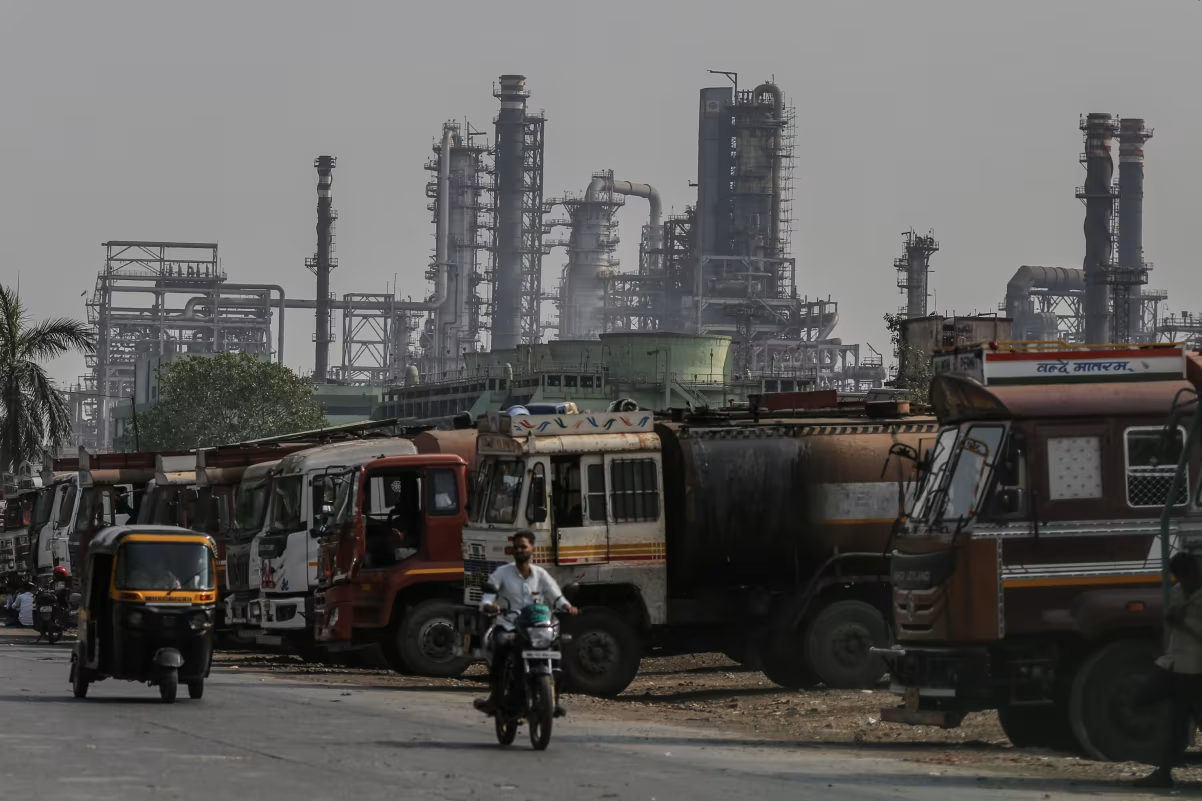Indian Prime Minister Narendra Modi is standing firm against mounting pressure from U.S. President Donald Trump to halt purchases of Russian oil, a move that has ignited new tensions between two nationalist leaders who once boasted of their close friendship. Despite threats of steep new tariffs and rising geopolitical heat, Modi has made clear that India’s energy security and economic needs come first.
Trump’s latest warning came in a CNBC interview Monday, where he vowed to raise tariffs “substantially” on Indian goods within 24 hours. This follows a broader 25% tariff hike announced last week, targeting India’s continued imports of discounted Russian crude. On his social media platform Truth Social, Trump blasted India for buying Russian energy and arms, calling it “all things not good” at a time when the West wants to choke off funding for Russia’s war in Ukraine.
But for Modi, it’s not a simple choice. India, now the world’s most populous country and its fourth-largest economy, depends on affordable oil to sustain rapid growth and meet the energy needs of over 1.4 billion people. Russian crude currently makes up 36% of India’s total imports, according to trade intelligence firm Kpler. And with demand expected to surpass China’s by 2030, there’s little room for compromise in the short term.
India is buying Russian oil at prices far below global market rates—discounts traditional suppliers like Saudi Arabia haven’t offered. According to analysts, it’s a pragmatic economic decision, not a political endorsement. Amitabh Singh of Jawaharlal Nehru University noted that India’s ability to shift away from Russian crude is limited, not only by global supply dynamics but also by previous U.S. sanctions that cut India off from other sources, like Iran and Venezuela.
Modi’s government has dismissed Trump’s demands as “unjustified,” pointing out that both the U.S. and EU still trade with Russia in other sectors like fertilizers. Indian officials argue that their continued purchases have actually helped keep global oil prices stable. If India stopped buying from Russia and competed with the West for Middle Eastern oil, prices could spike globally—including in the U.S.
That’s not just theory. India refines much of the Russian oil it imports and exports it—legally—to Europe, the U.S., and the U.K. Since refined products are not sanctioned, this loophole has enabled India to profit while keeping Western supply chains running. In 2023, India became the world’s second-largest exporter of refined petroleum, exporting over $86 billion worth of products.
While Trump ramps up tariff threats, India is unlikely to budge quickly. Modi’s administration has pledged to continue working with the U.S. on trade, but experts say weaning off Russian oil “cannot be done overnight.” At the same time, India is slowly broadening its energy portfolio and negotiating new deals in the Middle East—but those alternatives can’t meet its full demand immediately.
India’s partnership with Russia also goes beyond oil. The countries share decades of defense and diplomatic ties, dating back to the Cold War. Even as India expands arms deals with the U.S., France, and Israel, it remains the top buyer of Russian military equipment. Modi’s warm relationship with Putin was on full display during a state visit to Moscow last year, where the Russian president personally drove him through the city.
Meanwhile, Trump’s once-celebrated bond with Modi is showing strain. Modi has quietly bristled at Trump taking credit for brokering peace during India’s recent conflict with Pakistan and for accusing India of “propping up” Russia’s war machine. Trump’s frustration is also fueled by his stalled efforts to bring the Ukraine war to a close—something he repeatedly promised to resolve on day one of his second term.
Despite the tensions, Modi is betting on a strategy of economic pragmatism and geopolitical nonalignment. In a world increasingly split by alliances and sanctions, India is choosing autonomy—balancing old friendships with new priorities, and keeping its fuel tanks full, regardless of who’s watching.

